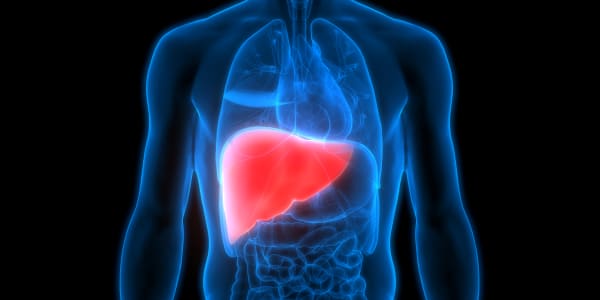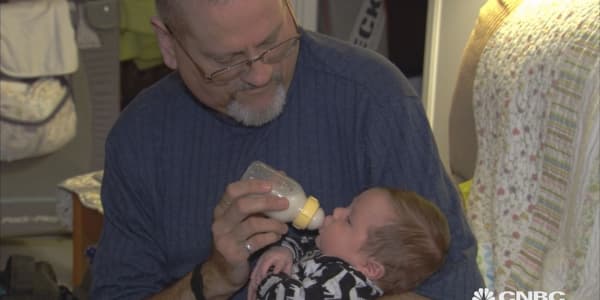New England Patriots' tight end Rob Gronkowski has just been cleared to play for Super Bowl 52 on Sunday, and if defensive lineman Deatrich Wise Jr. is also cleared, neither New England nor Philadelphia will have a player in the concussion protocol. But there will be a greater on-field medical presence for concussion monitoring in this year's big game. Super Bowl 52 makes the first Super Bowl in which four independent concussion specialists will be made available by the National Football League.
The NFL began to employ unaffiliated neurological consultants (UNC) or independent concussion specialists during the 2013 season as a response to the league's head injury epidemic. Prior to this, team doctors would evaluate players for a concussion, sometimes asking just a few questions before sending the player back in the game. With an independent specialist available, players must pass a much more rigorous test before returning to the field, and the league can eliminate the risk of teams not following procedures in order to quickly get players back in the game.
During the 2017 regular season, the NFL had one UNC on each team's sidelines. But as a result of criticism surrounding the delay in recognizing Houston Texans' quarterback Tom Savage's concussion symptoms, it decided to add one additional UNC on the field and one surveilling from the league's headquarters in New York during the postseason. This week all four specialists will be present in Minnesota, according to an ESPN report, citing a conference call with NFL officials.
The league and the NFL Players Association have worked to reduce the number of concussions over the last several years, implementing nearly 50 rule changes in the process. Still, teams saw an increase in the number of diagnosed head injuries this season compared to past seasons, according to data released by the league. In 2016, players in the league suffered 243 concussions. This season 281 concussions were diagnosed. The latter figure, which includes preseason (91) and regular season (190) diagnosed head injuries, is the most since the league began to share the data back in 2012.
More from Modern Medicine:
Science is getting better at diagnosing the NFL's biggest problem
Virtual therapy is helping veterans with PTSD
Deep brain stimulation offers hope in Parkinson's treatment
The NFL maintained in a conference call with select media on Jan. 26 that progress is being made.
"I think not all the news is bad news," said NFL Chief Medical Officer Dr. Allen Sills during the call. "The really good news here is to see this increase in self-reporting. What that means is, more players are coming up to us and telling us about their symptoms and initiating evaluations through their own reports."

Beyond the NFL's effort, scientists are making progress in diagnosing and treating traumatic brain injury. Scientists at Boston University's CTE Center announced last year that they had identified a potential biomarker that could possibly be used to detect CTE in living patients. Currently, CTE — the term for brain damage that occurs after repeated head trauma, such as from football tackles — can be diagnosed only in autopsy.
Medical professionals are also getting better at identifying the symptoms — such as difficulty thinking and regulating emotions, often manifested as anger and irritability — and developing therapeutic treatments, including cognitive behavior therapy, virtual therapy and destressing apps.
Diagnosing during games remains a major point of emphasis for the league and its latest campaign. The NFL reported that 47 percent of evaluations in 2017 were self-reported, either directly by players or a combination of a player's self-reporting and a doctor initiating the evaluation. In all, 50 more NFL players were evaluated for a concussion via these routes in 2017 than in the previous season.
Once a player is identified as potentially having a concussion, he is immediately removed from the field. Potential signs of a concussion include (per the NFL):
- Any loss of consciousness
- Slow to get up following a hit to the head
- Motor coordination/balance problems
- Blank or vacant look
- Disorientation
- Amnesia, both anterograde and retrograde
- Clutching of head after contact
- Visible facial injury in combination with any of the above
The player is then evaluated by the team's medical staff and will undergo an examination using the NFL Sideline Concussion Assessment tool, which is a series of questions that focus on the player's orientation, memory, concentration, balance and symptoms. If a player is determined to have a concussion, he cannot reenter the game.
During the 2017 season, each game saw an average of two players evaluated by UNCs, which was in line with 2016 figures.
Disclosure: NBC Sports is televising Sunday's Super Bowl.
— By C. W. Crouse, special to CNBC.com





